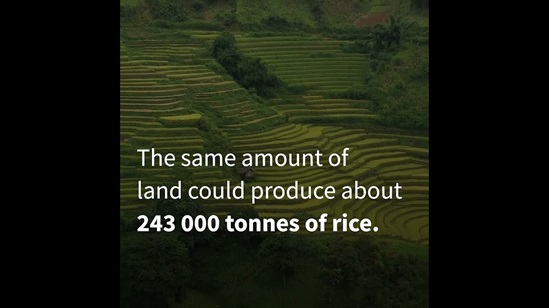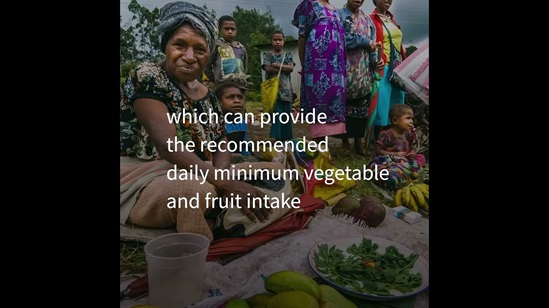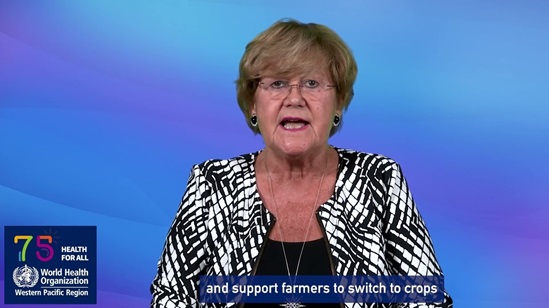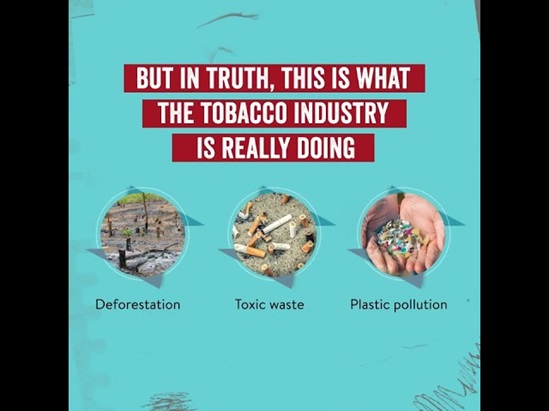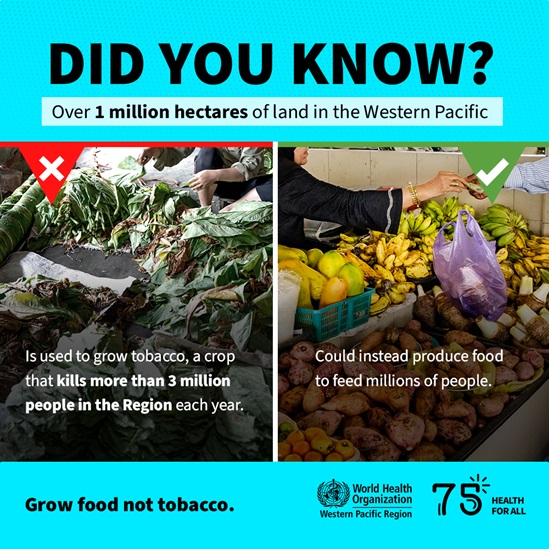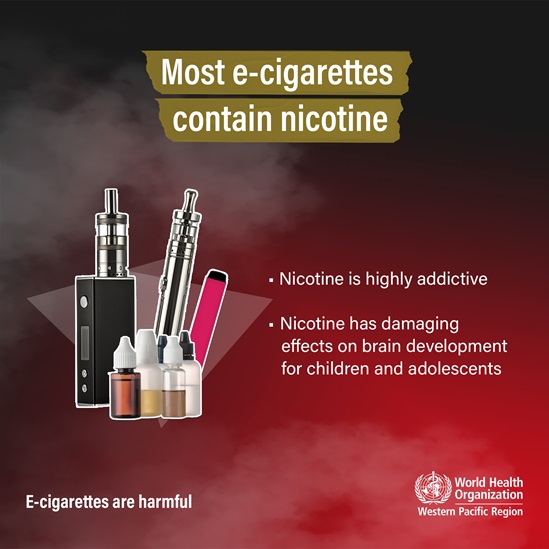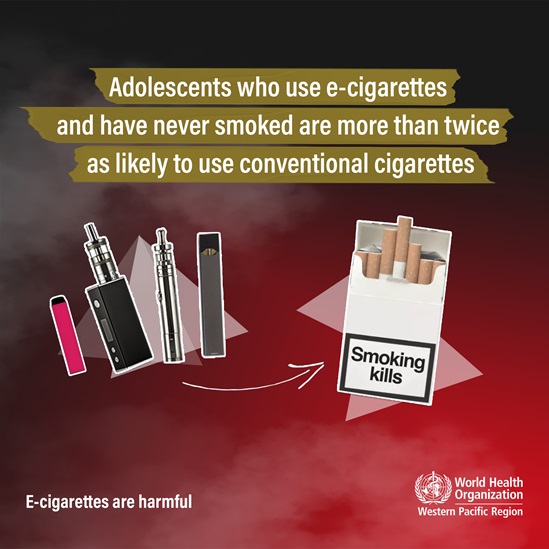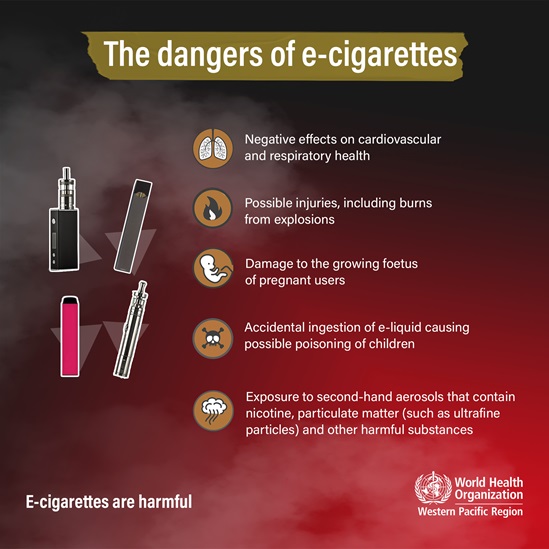Tobacco
Tobacco use is one of the world's leading preventable causes of death and is a major preventable risk factor of noncommunicable diseases like cancer, lung and heart diseases. The most common type of tobacco product used is manufactured cigarettes, but tobacco is also used in many other forms. Tobacco kills up to half of its users, and more than 8 million people each year lose their lives as a result of direct tobacco use and exposure to second-hand smoke.
Health impact
The Western Pacific Region is home to 377 million adult smokers and almost half of adult men are current tobacco smokers. Tobacco kills more than 3 million people in the Region each year, including over 490 000 non-smokers who are exposed to second-hand smoke. Tobacco is a major driver of noncommunicable diseases (NCDs), causing or exacerbating cardiovascular disease, cancer, chronic respiratory disease, diabetes and other NCDs.
Socio-economic impact
Tobacco use has direct and indirect impacts on the economy. Globally, the total economic cost of smoking from direct healthcare costs and productivity loss (from mortality and morbidity cause by smoking-attributable diseases) are estimated to be around US$ 1.4 trillion per year, equivalent to 1.8% of the world’s gross domestic product (GDP). Most deaths related to tobacco occur among working-age individuals, and these deaths are largely preventable with effective tobacco control and cessation services in place.
Environmental impact
Tobacco harms the environment throughout its lifecycle, from cultivation, production, distribution, consumption and post-consumer waste. It destroys our forests, wastes our safe drinking water, and pollutes our air. The harmful impacts continue to grow adding unnecessary pressure to our planet’s already scarce resources and fragile ecosystems. In the Western Pacific Region an estimated 1.2 million tonnes of plastic from tobacco product waste is discarded annually.
WHO supports countries and areas to strengthen tobacco control by:
- Developing and implementing comprehensive tobacco control policies and measures
- Addressing emerging challenges, including new and emerging tobacco and nicotine products including electronic nicotine and non-nicotine delivery systems
- Preventing and countering tobacco industry interference
- Strengthening multisectoral surveillance and evidence-based research to support tobacco control
- Engaging with tobacco control partners beyond the health sector
The current Regional Action Plan for Tobacco Control in the Western Pacific (2020-2030) provides a focused strategy towards full implementation of the WHO Framework Convention on Tobacco Control, and provides guidance to successfully face new challenges threatening effective tobacco control.
Technical assistance to Member States is also provided through five WHO Collaborating Centres that support tobacco control work in the Region.





